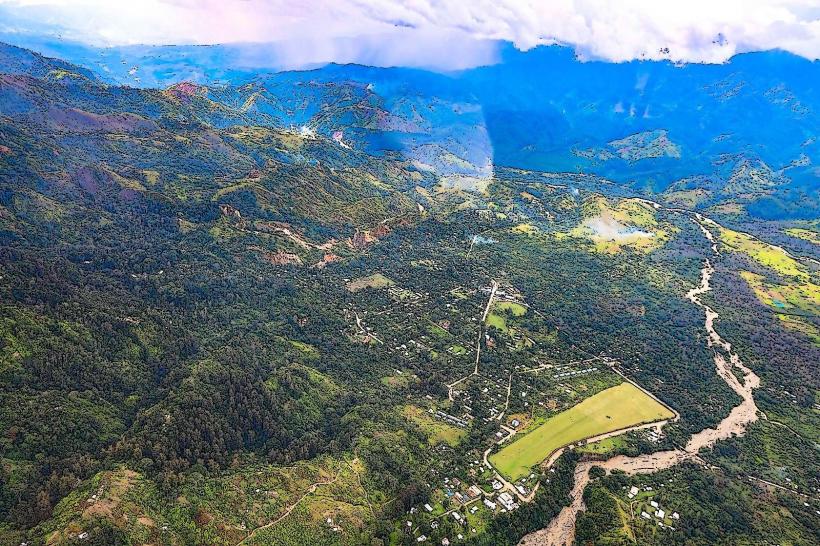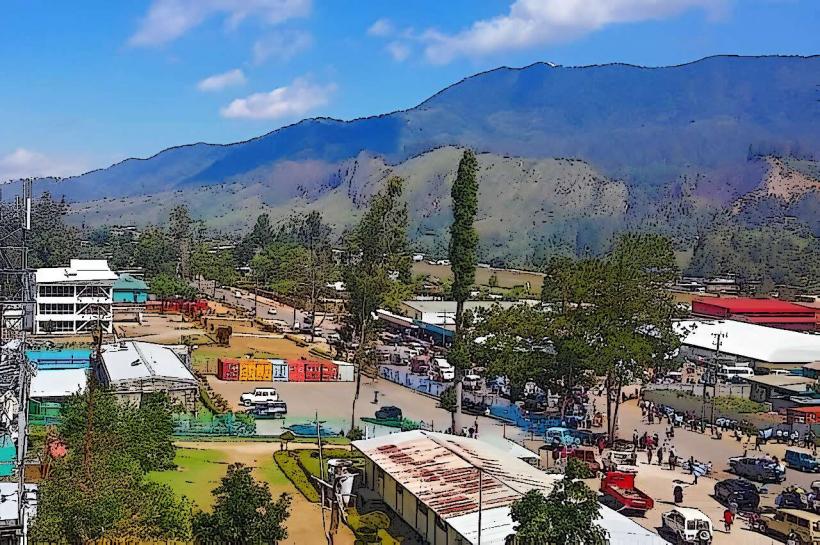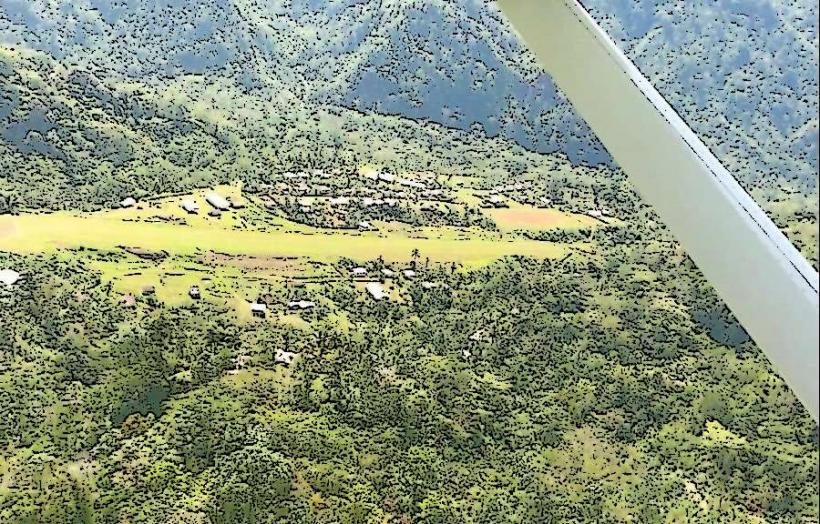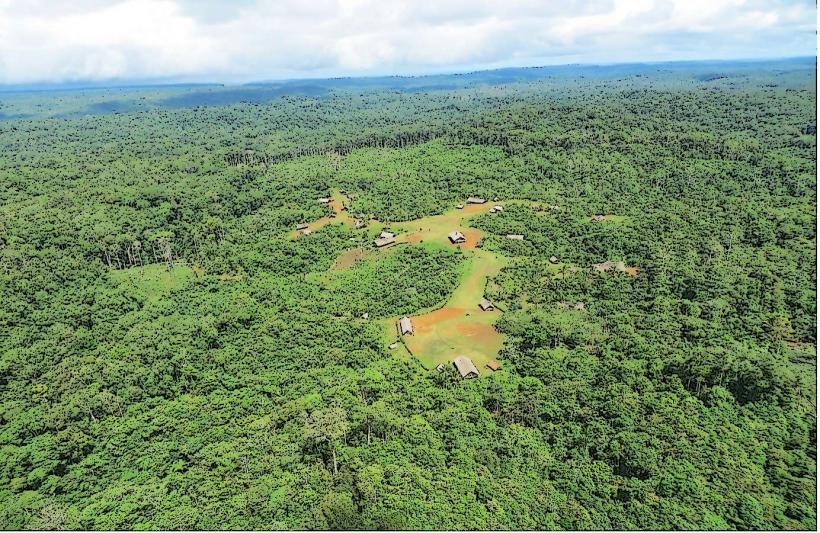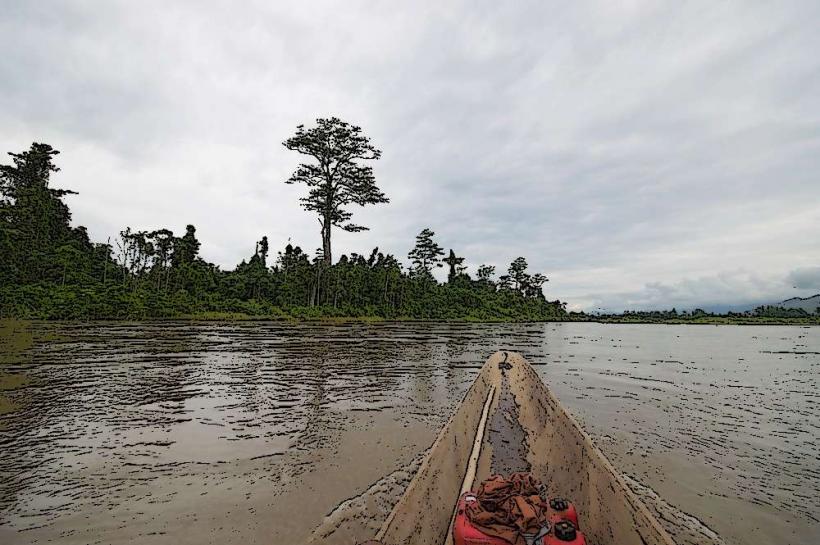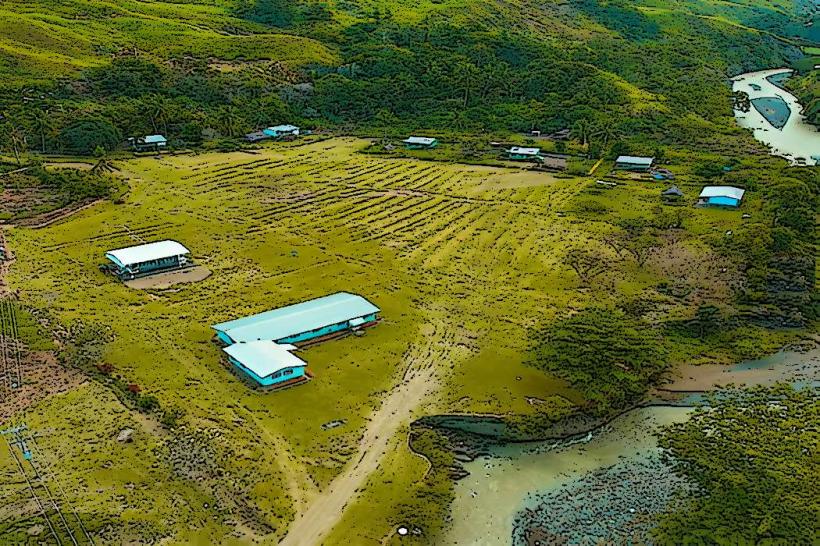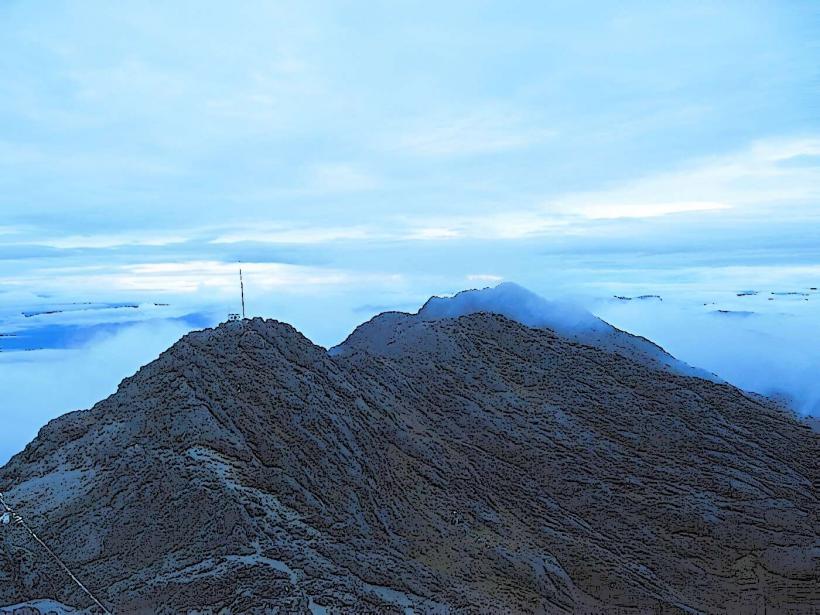Information
Landmark: WauCity: Morobe
Country: Papua New Guinea
Continent: Australia
Wau is a town in the Morobe Province of Papua New Guinea, known for its rich history, scenic location, and cultural significance. Here is a detailed look at Wau and its surrounding area:
Location
Wau is situated in the Morobe Province, approximately 200 kilometers (124 miles) north of Lae, the second-largest city in Papua New Guinea. It lies in a mountainous region along the Wau River, and the town is nestled between lush tropical forests and rugged terrain. Its geographical location contributes to its historical and economic significance, especially during the gold mining era.
History
Wau's history is deeply connected to gold mining, which played a central role in its development. In the early 1920s, gold was discovered in the area, which led to a gold rush and the establishment of Wau as a mining town. This discovery marked the beginning of an economic boom in the region.
Wau's most significant historical moment came during World War II, when the area became a strategic site during the Pacific War. The Japanese military sought control over the town due to its proximity to vital resources and airstrips. The Battle of Wau in 1943 was a turning point, where Australian forces successfully repelled a larger Japanese force, marking a major Allied victory in the New Guinea campaign.
Economy
Historically, Wau's economy has been dominated by mining, particularly gold extraction. While the town still maintains its connection to mining activities, agriculture, such as coffee and cocoa production, has also become a key economic activity. The fertile soil and suitable climate have made the region ideal for farming.
Geography and Climate
Wau is located in the highlands of Papua New Guinea, which means it experiences a temperate climate. The weather can be cooler than coastal areas due to its elevation. The surrounding landscape features tropical rainforests, rivers, and mountain ranges, offering stunning views and natural beauty. The climate supports a variety of plant and animal life, making the area rich in biodiversity.
Transportation
Wau is accessible by air and road, though its mountainous terrain makes road transport challenging. The Wau Airport serves the town, with flights connecting it to Lae and other regional centers. Road access is limited, with a road linking Wau to Lae, but travel can be difficult due to the rough terrain and weather conditions.
Culture
The culture of Wau is influenced by the indigenous peoples of the region, primarily from the Morobe Province. The local communities have a strong connection to the land, and traditional practices, including subsistence farming and handicrafts, are integral to their way of life. Wau also hosts events that celebrate the diverse cultures of Papua New Guinea, providing a glimpse into the rich heritage of the area.
Tourism and Attractions
While Wau is not a major tourist destination, its historical and natural attractions make it of interest to those exploring the region. Some key features include:
- The Battle of Wau Memorial: A historical site commemorating the battle during World War II, offering visitors a chance to learn about the conflict and the role the town played in the war.
- Scenic Views: The surrounding mountains and valleys offer opportunities for hiking and eco-tourism, with abundant wildlife and lush vegetation.
- Mining Legacy: The history of gold mining and its impact on the town’s development is still evident in the region, with several former mining sites and related artifacts.
Challenges
Like many remote towns in Papua New Guinea, Wau faces challenges such as limited infrastructure, healthcare, and education services. The rough terrain and isolation can hinder development, although the town remains an important regional hub for trade and commerce.
In summary, Wau is a town with a rich historical and cultural legacy, marked by its connection to gold mining, its strategic importance during World War II, and its beautiful highland setting. The region's natural beauty and historical significance continue to attract those interested in exploring Papua New Guinea's diverse heritage.

